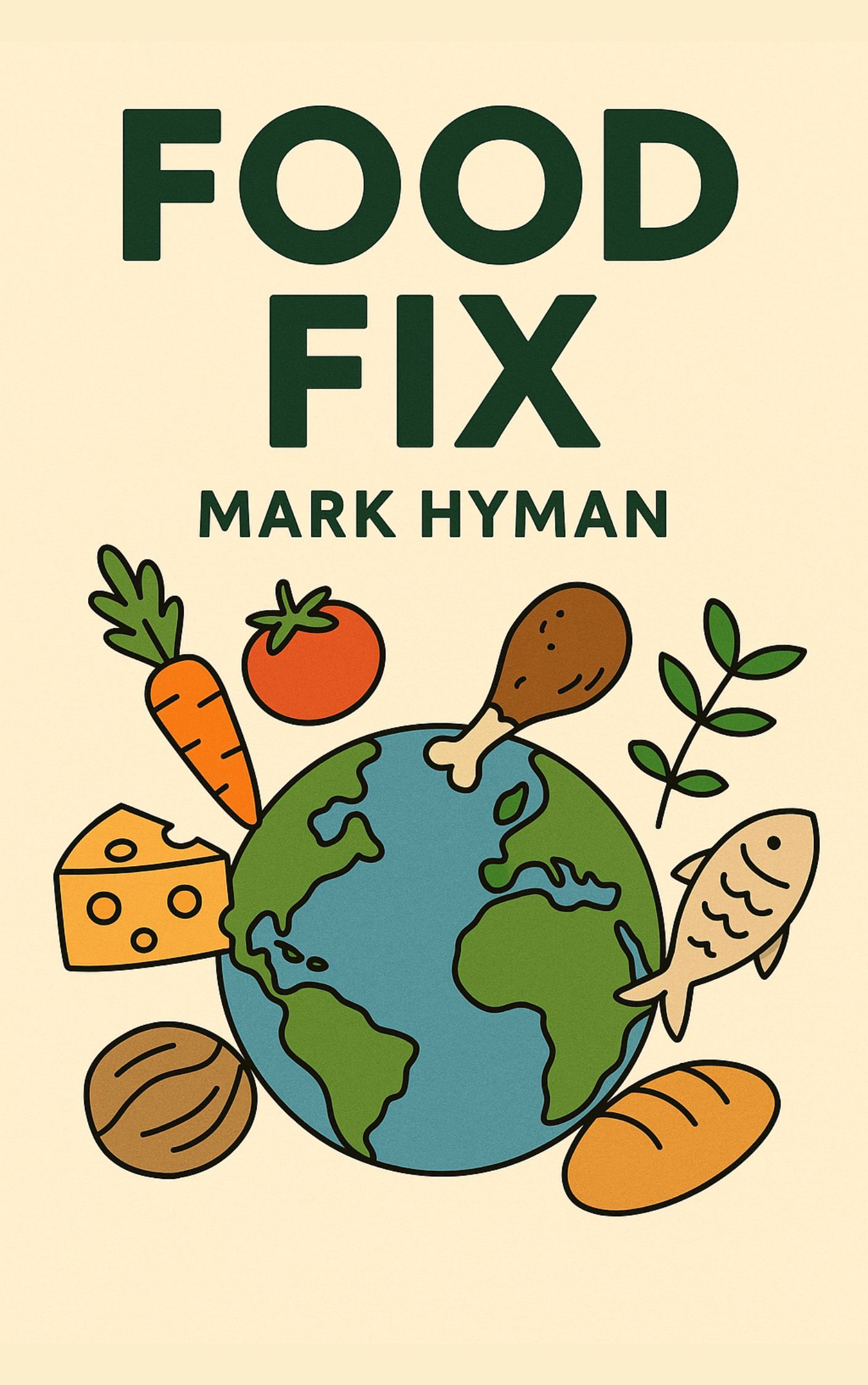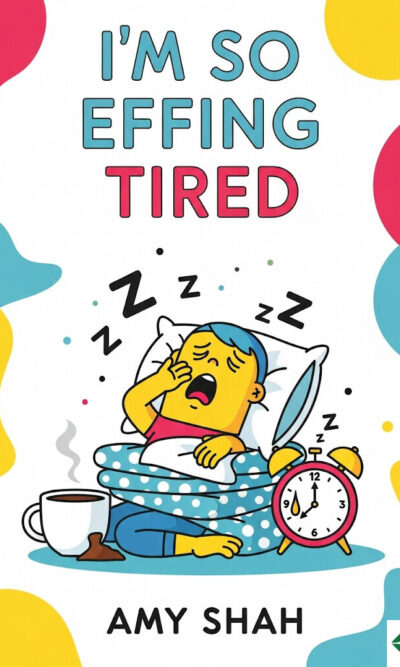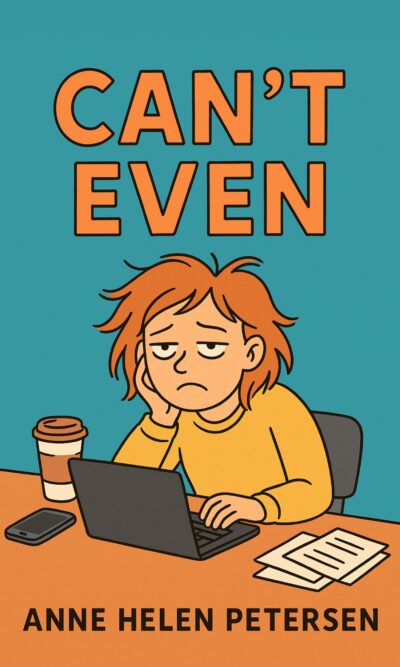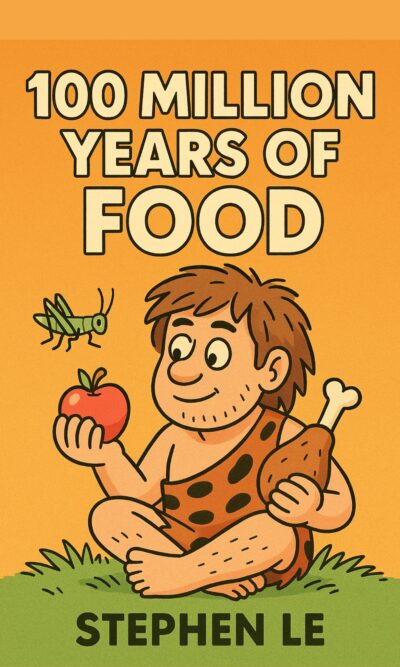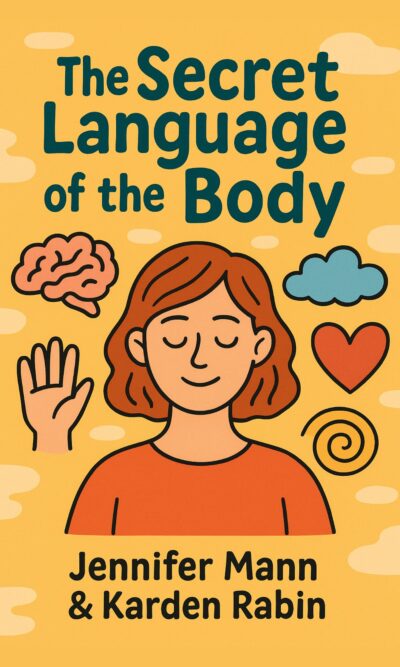Description
Food is at the center of nearly every major problem we face today. Poor diets are fueling disease, destroying the environment, and creating inequality. Yet, the same food system that causes harm can also be redesigned to heal people and the planet. Food Fix explores this double reality: food as the cause, and food as the cure.
Modern diets have shifted dramatically over the past few decades. Instead of fresh, whole foods, many of us rely on ultra-processed products filled with sugar, salt, and artificial additives. These products are cheap and convenient, but their hidden cost is enormous. They are the leading driver of heart disease, diabetes, and cancer, killing millions each year. Beyond the toll on individuals, this health crisis drains trillions of dollars from the global economy, money that could instead be spent on education, infrastructure, and renewable energy.
The damage doesn’t stop at personal health. Processed foods also worsen inequality. Children who grow up on nutrient-poor diets often suffer stunted physical and mental development, limiting their future opportunities. Families trapped in cycles of poor nutrition are more likely to struggle with poverty, unemployment, and crime. Meanwhile, large corporations, sometimes called “Big Food,” profit enormously from pushing harmful products into markets around the world, displacing traditional diets and farming practices.
The way our food is produced is equally alarming. Industrial farming is the biggest contributor to climate change, even surpassing fossil fuel companies when it comes to greenhouse gases. Massive fields are cleared for monoculture crops like soy and corn. Pesticides and fertilizers poison the soil, water, and air, while also driving species like honeybees and butterflies toward extinction. Fertilizer runoff creates “dead zones” in oceans where no marine life can survive. If current methods continue, we may have only sixty harvests left before soil becomes too degraded to support crops.
This system did not arise by accident. In the mid-20th century, the Green Revolution promised to end hunger through high-yield crops, chemicals, and machinery. While it did increase food production, it left behind deep problems. Farmers became dependent on expensive seeds, fertilizers, and pesticides sold by large corporations. Many went into debt, and in countries like India, thousands of farmers tragically took their own lives. Global hunger, meanwhile, still persists because food is often wasted, turned into biofuel, or used to feed animals rather than people.
Despite these grim realities, there is hope. Change can begin at multiple levels: individual choices, government action, and farming practices.
For individuals, eating food that is both healthy and sustainable is possible. The general rule is simple: more vegetables and whole foods, less processed junk. Fruits, grains, legumes, and organic produce nourish the body while protecting the environment. When it comes to meat, moderation is key. Meat raised through regenerative practices, where grazing animals enrich the soil, can actually help the planet if consumed responsibly. Fish choices matter too — small species like anchovies or sustainably caught salmon are far better than overfished, mercury-heavy tuna or swordfish. Dairy should be limited, but if consumed, it should come from grass-fed, organic sources, ideally goats or sheep rather than cattle.
Governments also have a powerful role to play. Although food lobbyists are strong, successful examples show that policy can work. In Chile, bold labeling laws forced companies to display clear warnings on unhealthy foods and banned junk food advertising to children. As a result, families changed their buying habits, and children themselves urged parents to avoid harmful products. In the United States, soda taxes in cities like Philadelphia not only reduced sugary drink consumption but also funded schools and parks, proving that the right policies can create a positive cycle of change.
Farmers are another crucial part of the solution. Regenerative agriculture emphasizes soil health, biodiversity, and water conservation. Instead of plowing fields, no-till farming protects delicate soil ecosystems. Crop rotation prevents pests and keeps land fertile. Grazing animals can restore soil naturally, just as bison once did across North America. Some farmers practice “dryland farming,” planting directly into crop stubble to retain moisture and reduce irrigation. These methods show that agriculture can work with nature instead of against it.
Innovative farmers around the world are already proving that sustainable practices can be profitable and practical. One example is Reginaldo Haslett-Marroquin from Guatemala, who developed an agroforestry system combining poultry with hazelnut trees. Chickens live freely under the trees, protected from predators and fed by natural food sources. They control pests, fertilize the soil, and produce eggs and meat. Meanwhile, the hazelnuts and crops grown alongside them provide extra income. This creates a balanced ecosystem where animals, plants, and humans all benefit.
These models show a new philosophy of farming: one that values ecological, social, and economic health equally. Profit alone is not enough — farms must support the planet and communities as well. By adopting this mindset, agriculture can become a force for renewal instead of destruction.
Ultimately, fixing food is not just about what we eat but about reshaping an entire system. It requires consumers making conscious choices, governments standing up to corporate power, and farmers embracing sustainable practices. It also requires recognizing that health, climate, inequality, and economy are all tied together through food.
The path forward will not be easy. Corporations will resist, habits are hard to break, and the climate clock is ticking. But food offers us a unique opportunity. Unlike many global problems, this is something each of us engages with daily. Every meal is a vote for the kind of world we want to live in. Choosing fresh, local, and sustainable foods is a small but powerful step toward building a healthier future.
If enough people, governments, and farmers act together, we can transform the food system from a source of harm into a source of healing. Good food is good for people. Good food is good for the planet. And with the right choices, both can thrive together.

